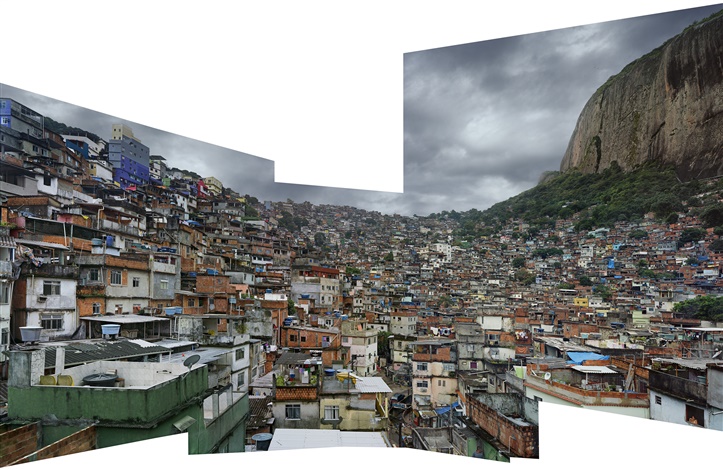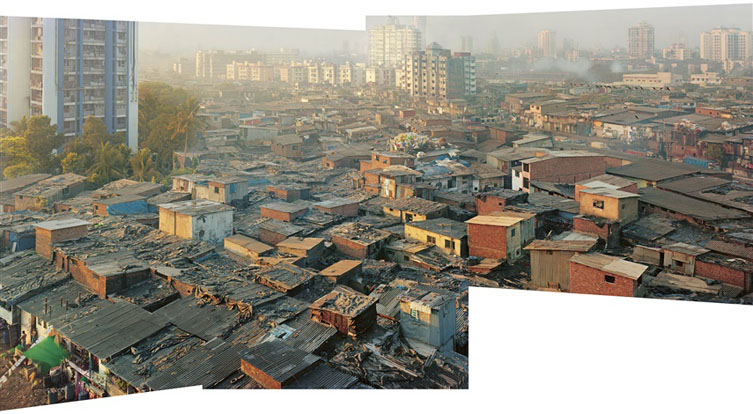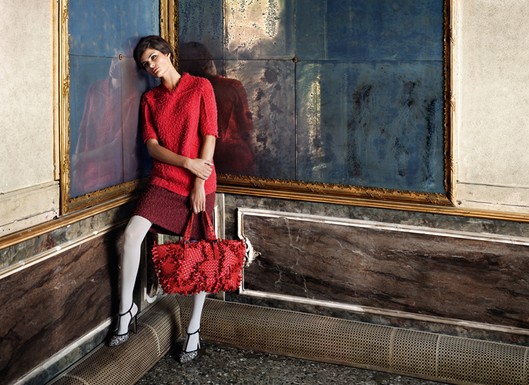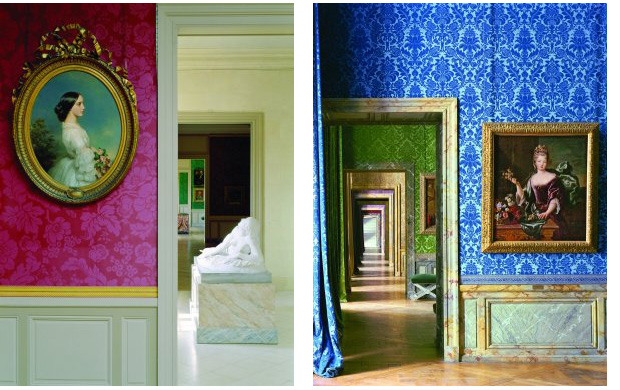
- 'tis the season
- 3rd Ward
- 8 x 10
- 8 x 10 mag
- 31 Women in Art Photography
- 2009 Project Grant Recipients
- 2010 Project Grant Recipients
- 2011 Project Grant Recipients
- 2012 Project Grant Recipients
- Advertising
- After Color
- Amani Olu
- Amy Arbus
- An-My Le
- Andreas Laszlo Konrath
- Andres Serrano
- Andrew Lichtenstein
- Angela Strassheim
- Anna-Sophie Berger
- Anna Bauer
- Anna Beeke
- Annabel Mehran
- Anne Menke
- Aperture Foundation
- Archival Pigment Printing (Inkjet)
- B+W Silver Gelatin Printing
- Barbara Crane
- Ben Fink Shapiro
- Ben Grieme
- Bill Armstrong
- Bill Jacobson
- Blair Getz Mezibov
- Bonni Benrubi Gallery
- Boogie
- Bravin Lee Programs
- Brea Souders
- Brian Nice
- Bruce Silverstein
- C-41 Film
- Canteen Magazine
- Cao Fei
- Cati Borruso
- Charmichael Gallery
- Chris Rhodes
- CLAMPART
- Colnaghi
- Compsiting
- Conde Nast Gallery
- Conde Nast Traveller
- Conventional C-Printing
- conventional c-prints
- Cosmopolitan Magazine
- Cristina De Middel
- Daniel Reich Gallery
- Danny Clinch
- Dave Krugman
- David Battel
- David Benjamin Sherry
- David Gahr
- David leventi
- David Sherry
- David Uzochukwu
- Debby Hymowitz
- Denny Renshaw
- Diana Zeyneb Alhindawi
- Digital-C Printing
- digital imaging
- Dominique Nabokov
- Editorial
- Edwynn Houk Gallery
- Elad Lassery
- Elinor Carucci
- Emiliano Granado
- Emmanuel Fremin Gallery
- Envoy Gallery
- Erica Allen
- Erika Larsen
- Eva O'Leary
- exhib
- Exhibition Mounting
- Exhibitions
- Fabiola Menchelli
- Fader Magazine
- Film Processing
- Fotografiska New York
- Framing
- Frederic Lagrange
- Frédéric Brenner
- Galerie Karsten Greve
- Galerie Number 8
- Gavin Brown's Enterprise
- Griffin Museum of Photography
- Heather Darcy Bhandari
- Hello Mr.
- Hey Hot Shot
- Higher Pictures
- Humble Arts Foundation
- Imaging
- James Clar
- James Fuentes LLC
- James Mollison
- Janaina Tschape
- Jane Lombard Gallery
- Janet Borden Gallery
- Jan Staller
- Jason Kraus
- Jen Beckman Gallery
- Jennifer Karady
- Jennifer Livingston
- Jennifer Loeber
- jessica Eaton
- Jonathan Mannion
- Joni Sternbach
- Josh Olins
- Joss McKinley
- JTT Gallery
- Juergen Teller
- Julia Comita
- Julie Saul
- Justine Kurland
- Justin James King
- Karen Irvine
- Katherine Newbegin
- Kaufman Repetto
- Ken Regan
- Kodak
- Laura Levine
- Lawrence Beck
- Leica Gallery
- Leslie Fritz
- Liz Clayman
- Lombard-Freid Projects
- Look Book
- Louisa Marie Summer
- Magazine Covers
- Manjari Sharma
- Mark Leckey
- Martin Schoeller
- Max Farago
- Max Snow
- Meredith Danluck
- Michael Buhler-Rose
- Micheal McLaughlin
- Milagros de la Torre
- Mitchell Innes and Nash
- Mitch Epstein
- MIxed Greens
- Moab Paper
- Modern Weekly
- MoMA
- Morrison Hotel Gallery
- Mounir Fatmi
- Mounting
- Muse Magazine
- Museum Boxes
- Museu Oscar Niemeyer
- MZ Wallace
- Natasha Gornik
- New York Magazine
- Nicholas Vreeland
- Nike
- OH WOW Gallery
- Olivia Bee
- Paulette Tavormina
- Paul Kasmin Gallery
- Pedro Arieta
- Penelope Umbrico
- Peter Funch
- Philip Andelman
- Phillip Lim
- Picto
- PROXYCO Gallery
- Purple Magazine
- Ramis Barquet
- Raymond Depardon
- Reed Krakoff
- Renwick Gallery
- Rep.Limited
- Retouching
- Richard Finkelstein
- Richard Mosse
- Richard Renaldi
- Rick Wester Fine Art
- Rika Magazine
- Robb Hann
- Robert Klein Gallery
- Robert Levin
- Robert Mann Gallery
- Robert Polidori
- Robin Rice Gallery
- Rodney Smith
- Rolling Stone
- Ruth Orkin
- Scanning
- Sebastiaan Bremer
- SF Camerawork
- Sharif Hamza
- Sies + Höke Galerie
- Simon Colley
- slideluck
- Some Days ...
- Sonnabend Gallery
- Sony Square NYC
- Stefan Ruiz
- Steven Kasher Gallery
- Sunny Suits
- Susan May Tell
- Sze Tsung Leong
- Talia Chetrit
- Tarter Sauce
- Tema Stauffer
- the art street journal
- The L Magazine
- The Morrison Hotel Gallery
- The New Yorker
- The New York Times
- The New York Times Lens Blog
- The nicest things ...
- Theo Wenner
- The Propeller Group
- Thomas Dozol
- Tiana Markova-Gold
- Tim Barber
- Time Magazine
- Tina Barney
- T Magazine / The New York Times
- Trisha Donnelly
- Trunk Magazine
- Valario Spada
- Vogue Nederland
- WIP / Lightside Individual Project Grant
- Women in Photography
- Yossi Milo Gallery
- Zoe Crosher
- Zoe Ghertner
Robert Polidori
Since long before LTI became LTI/Lightside — and actually, even before Aurora became Portagallo, which, if that means anything to you then you know we’re talking over 30 years of New York City lab history here — Robert Polidori has been processing film with us and/or our predecessors. Some here are hesitant to call the total number of sheets processed in the 100,000’s (it’s a bit like guessing the number of pennies in a pickle jar) but no one denies that literally tens-of-thousands of sheets of his C-41 film — in 4 x 5, 5 x 7, 8 x 10 and 11 x14 formats — have come though the labs over the years.
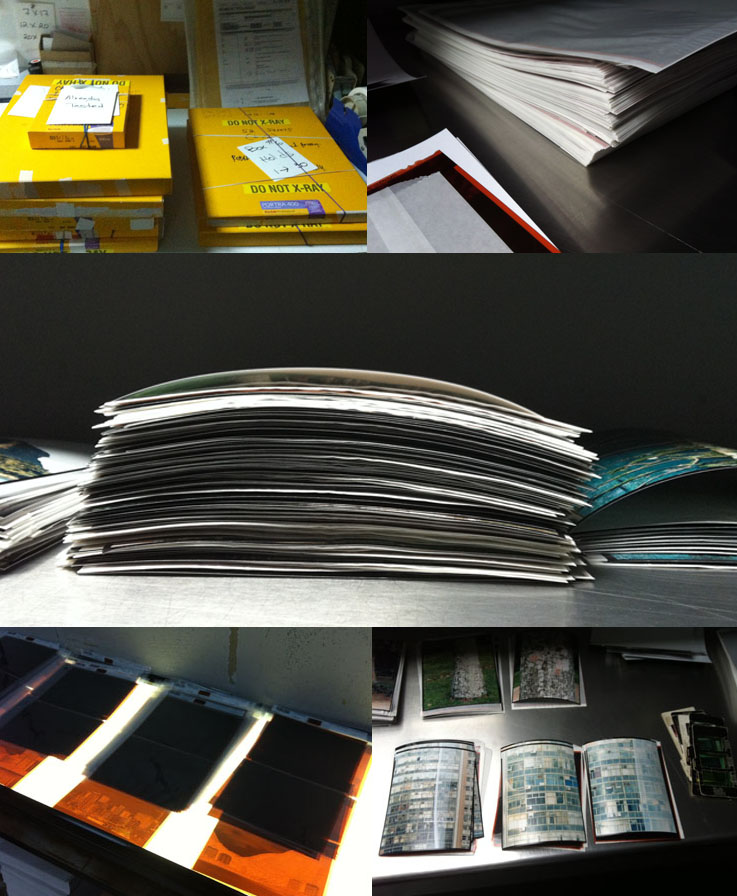
LTI/Lightside: Robert Polidori in September, 2014
It’s a staggering volume of film (and oy – chemistry!), which, is saying a lot for a man who already expressed consternation over his carbon footprint in a 2007 interview with Michele Gerber Klein for Bomb Magazine. Anyway, all this shooting — combined with his dauntless enthusiasm and relentless drive has produced an equally staggering volume of known visual material. Over the years Polidori’s work has been been seen in countless magazines, he’s published over a dozen books and continuously exhibits in galleries and museums around the world. It fact, one could argue that the world itself — is his palate.
So, while awe inspiring, it is not a total surprise that one of his current projects combines massive amounts of film with widely sweeping vistas of urban landscapes in a proportion unseen by anyone before. Regarding this work: I’ll step out on a limb here and say I truly believe that this man’s single-minded obsessive quest to encapsulate his vision has lead to a benchmark in photographic reproduction unseen before — and I invite anyone to show me otherwise. Yes, perhaps the US military (or NASA) has a few tricks that they have not revealed yet … but this man stands alone, with his two feet on the earth — and under his own volition uses an 11 x 14 view camera to capture what is before him in exacting detail. And as if that were not enough, he’s now compositing multiples of these huge negatives into enormous files and outputs that — again — I do not believe anyone has ever seen the likes of before.
Robert Polidori: Favela Rocinha # 1, Rio de Janeiro, 2009
112.2″ x 176.9″ UV cured ink on aluminum
From the Galerie Karsten Greve press release:
— in the panoramas of his series entitled Dendritic Cities [Polidori] confronts the phenomenon of the rampant growth of so-called cités sauvages, whose uncontrolled spread around the edges of major cities follows no principle of urban planning, but is rather a direct result of socioeconomic conditions. Whether it is a slum in India or a Favela in Brazil, Polidori is always fascinated by such cities, which “spring up suddenly and disappear again after 50 years. They are temporary structures that grow up out of necessity.”

Robert Polidori: 60-Foot Road, Dharavi, Mumbai, 2008
32.3″ x 354.3″ (yes, that’s right: 29.5 feet !!!) UV cured ink on aluminum
Robert Polidori: Dharavi # 1, Mumbai, 2008
58″ x 107.4″ UV cured ink on aluminum
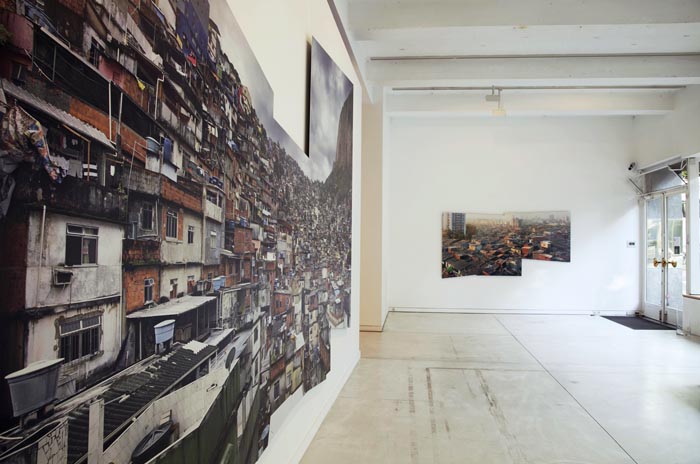
Robert Polidori: Galerie Karsten Greve, September, 2014
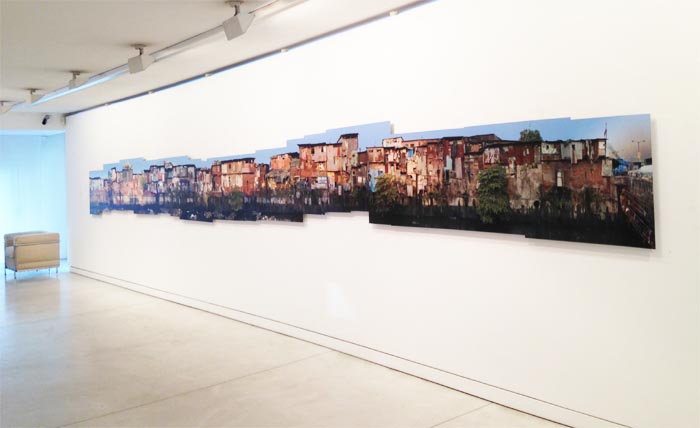
Robert Polidori: Galerie Karsten Greve, September, 2014
Tags: Film Processing, Galerie Karsten Greve, Robert Polidori
Robert Polidori and Bottega Veneta
Memo Pad: Bottega Veneta Taps Robert Polidori…
Re-Posted from WWD 06/22/2011, Luisa Zargani
Robert Polidori
Bottega Veneta, Fall 2011
NEW LENS ON BOTTEGA: Bottega Veneta has tapped Robert Polidori to photograph its fall ad campaign.
It’s the first time the house has worked with Polidori, but he is the latest in a string of artists and photographers to shoot Bottega Veneta’s campaigns. Polidori, whose portfolio includes images of the restoration of Versailles, the aftermath of Chernobyl and New Orleans after Hurricane Katrina, follows the likes of Robert Longo, Sam Taylor-Wood and Alex Prager. He worked with models for the first time, portrayed against the background of the 16th century Palazzo Papadopoli, on Venice’s Grand Canal.
“What is unusual about Robert’s work is that it both documents and interrogates,” said Bottega Veneta creative director Tomas Maier. “His attention to detail creates layersof meaning that extend beyond the formal beauty of his images. I was interested in seeing what would result if he turned his lens on Bottega Veneta’s design and the brand’s roots in the Veneto, specifically Venice.”
Polidori works with a custom-built large-format camera. The end result is a selection of photos charged with ample and voluptuous details in a vibrant color palette that includes bright shades of carnelian, orange resina and peridot.
The campaign will bow in August. A video documenting the photo shoot will be added in July to the Art of Collaboration video series at bottegaveneta.com.
Tags: Film Processing, Robert Polidori
Robert Polidori in Muse Magazine
Robert Polidori
Dedicated to the Muse of Memory By Marta Galli and Caterina Lunghi
Read the full article at Muse Magazine’s website (scroll down for the English translation).
Tags: Editorial, Film Processing, Muse Magazine, Robert Polidori
